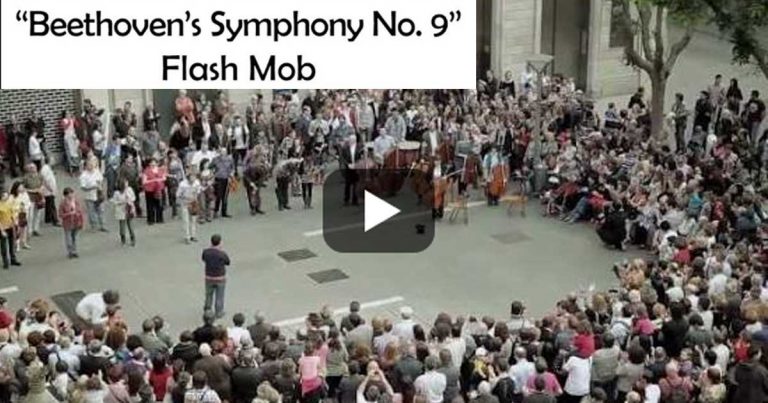Rachmaninoff – Variations on a Theme of Chopin, Op.22 (Daniil Trifonov)
Updated:
Rachmaninoff’s Chopin Variations are a set of 22 pieces for solo piano that were composed between 1902 and 1903. The variations are given on themes from Chopin’s Prelude in C minor, Op. 28, No.20, and the set became one of Rachmaninoff’s most popular works.
In this article, we’ll take a closer look at Rachmaninoff’s Chopin Variations and look at the musical elements that make such a beloved masterpiece. We’ll explore the themes and variations, as well as the technical challenges that the pieces present to pianists. By the end of this article, readers will have a deeper understanding and familiarity with this iconic work of classical music.
This incredible piece of classical piano is a testament to Rachmaninoff’s skill as a composer and pianist. The variations showcase his ability to take a simple theme and turn it into a complex and beautiful work of art. Each variation is unique in its own way, with different rhythms, harmonies and textures that keep the listener engaged throughout the set.
Brief Summary on the Life of Rachmaninoff and Chopin
Rachmaninoff and Chopin are two of the most celebrated and influential composers in the history of classical music. Both composers were known for their virtuosic piano skills and their ability to create deeply emotional and expressive music.
Sergei Rachmaninoff was a Russian composer, pianist, and conductor who lived from 1873 to 1943. He is best known for his piano concertos, symphonies, and other works that showcase his technical prowess on the piano. Rachmaninoff’s music is characterized by its sweeping melodies, lush harmonies and intense emotional expression.
Frédéric Chopin was a Polish composer and pianist who lived from 1810 to 1849. He is considered one of the greatest composers of the Romantic era and is known for his works for solo piano, including his etudes, preludes, nocturnes, waltzes, sonatas and other musical forms . Chopin’s art is known for its delicate beauty, expressive lyricism and technical challenges.
Despite living in different times and countries, Rachmaninoff and Chopin shared a deep love and respect for the piano. Both composers were known for their incredible technique and their ability to create music that pushed the boundaries of what was possible on the instrument. His music continues to be studied, performed and loved by musicians and audiences around the world.
Rachmaninoff – Variations on a Theme of Chopin, Op.22
Incredible performance of variations on a theme by Chopin, by Rachmaninoff. I hope you enjoy the impressive performance of the talented pianist Daniil Trifonov.
About pianist Daniil Trifonov
The famous Russian pianist Daniil Trifonov is considered one of the best pianists today. His performances are recognized by audiences and critics alike as surprising, impeccable and virtuosic musical experiences. Daniil Trifonov was born on March 5, 1991 in Nizhny Novgorod. He started playing the piano at just 5 years old and his first performance with an orchestra was at the age of 8.
He had Tatiana Zelikman as a piano teacher at the famous Gnessin Music School in Moscow. In this period he received great influence from Rachmaninov, Cortot, Horowitz and other great pianists. He is also a great admirer of the performances of Martha Argerich, Grigory Sokolov and Radu Lupu. Currently Trifonov has performed in several countries in important events held in the best concert halls in the world. If you have the opportunity, it is worth enjoying his solo piano performances or accompanied by a large orchestra.
Analysis of Rachmaninoff’s Variations on a Chopin Theme
The piece is divided into three main sections: the theme, the variations, and the coda. The theme is introduced in the opening bars and is followed by 22 variations, each with a unique character and style. The variations are organized into four groups of five, with the last two variations forming a separate group. The coda brings the piece to a powerful and dramatic finale.
The theme of the piece is taken from Chopin’s Prelude in C Minor, Op. 28 No. 20, a melancholic and shocking work that Rachmaninoff transforms into a virtuosic tour de force. Throughout the variations, Rachmaninoff uses a variety of musical devices such as rhythmic displacement, imitation and counterpoint to create a rich and varied musical landscape.
Various motifs also appear throughout the piece, such as the opening four-note motif that is heard in the theme and several of the variations. Other motifs include the descending chromatic scale that appears in Variation 4 and the ascending arpeggios in Variation 12.
Performing Rachmaninoff’s Variations on a Chopin Theme requires a high level of technical skill and musical sensitivity. The piece demands a wide range of pianistic techniques, such as fast octave passages, arpeggios and complex string textures. It also requires a keen sense of phrasing and dynamic control to bring out the nuances of each variation.
In terms of performance, performers must navigate the changing moods and styles of each variation, from the playful and upbeat Variation 6 to the hectic and intense Variation 14. Above all, performers must convey the sense of transformation and development that is at the center of the piece, as Rachmaninoff takes Chopin’s simple theme and transforms it into a complex and emotionally charged work.
Also read our posts: 20 Classic Piano Pieces You’ve Heard But Don’t Know The Name And 10 Famous “Spectacular” Classical Songs
